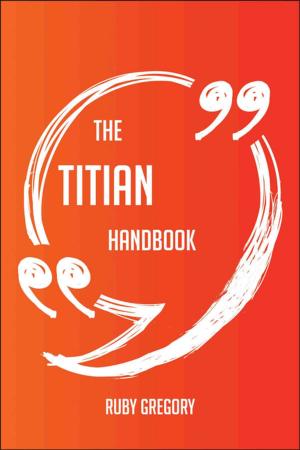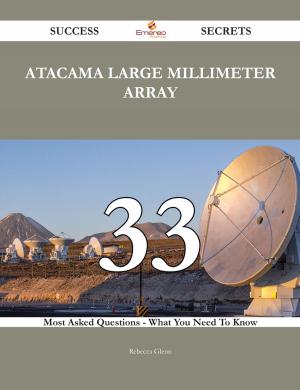| Author: | Walter Jennings | ISBN: | 9781486429660 |
| Publisher: | Emereo Publishing | Publication: | October 24, 2012 |
| Imprint: | Emereo Publishing | Language: | English |
| Author: | Walter Jennings |
| ISBN: | 9781486429660 |
| Publisher: | Emereo Publishing |
| Publication: | October 24, 2012 |
| Imprint: | Emereo Publishing |
| Language: | English |
Here's part of the content - you would like to know it all? Delve into this book today!..... : Some MMDBs allow the database schema to specify different durability requirements for selected areas of the database - thus, faster-changing data that can easily be regenerated or that has no meaning after a system shut-down would not need to be journaled for durability (though it would have to be replicated for high availability), whereas configuration information would be flagged as needing preservation.
...The advantage to this approach is flexibility: the developer can strike a balance between performance (which is enhanced by sorting, storing and retrieving specified data entirely in memory, rather than going to disk); cost, because a less costly hard disk can be substituted for more memory; persistence; and form factor, because RAM chips cannot approach the density of a small hard drive.
...If such devices require a database system, a manufacturer can adopt a hybrid database system at lower and upper cost, and with less code customization, than using separate in-memory and on-disk databases, respectively, for its disk-less and disk-based products.
... Also in 1999, Microsoft COM+ IMDB solution provided an application with fast access to data through OLE DB, without incurring the overhead associated with storing and accessing data to and from physical disks that worked within Windows NT 3. 5 and then upcoming Windows 2000.
There is absolutely nothing that isn't thoroughly covered in the book. It is straightforward, and does an excellent job of explaining all about In-memory database in key topics and material. There is no reason to invest in any other materials to learn about In-memory database. You'll understand it all.
Inside the Guide: In-memory database, WebDNA, VoltDB, TimesTen, solidDB, SAP HANA, Redis, Polyhedra DBMS, Perihelion Software, Oracle Corporation, MicroStrategy, InfoZoom, H2 (DBMS), Embedded database, EXtremeDB, EXASOL, ENEA AB, Datablitz, Database management system, Altibase
Here's part of the content - you would like to know it all? Delve into this book today!..... : Some MMDBs allow the database schema to specify different durability requirements for selected areas of the database - thus, faster-changing data that can easily be regenerated or that has no meaning after a system shut-down would not need to be journaled for durability (though it would have to be replicated for high availability), whereas configuration information would be flagged as needing preservation.
...The advantage to this approach is flexibility: the developer can strike a balance between performance (which is enhanced by sorting, storing and retrieving specified data entirely in memory, rather than going to disk); cost, because a less costly hard disk can be substituted for more memory; persistence; and form factor, because RAM chips cannot approach the density of a small hard drive.
...If such devices require a database system, a manufacturer can adopt a hybrid database system at lower and upper cost, and with less code customization, than using separate in-memory and on-disk databases, respectively, for its disk-less and disk-based products.
... Also in 1999, Microsoft COM+ IMDB solution provided an application with fast access to data through OLE DB, without incurring the overhead associated with storing and accessing data to and from physical disks that worked within Windows NT 3. 5 and then upcoming Windows 2000.
There is absolutely nothing that isn't thoroughly covered in the book. It is straightforward, and does an excellent job of explaining all about In-memory database in key topics and material. There is no reason to invest in any other materials to learn about In-memory database. You'll understand it all.
Inside the Guide: In-memory database, WebDNA, VoltDB, TimesTen, solidDB, SAP HANA, Redis, Polyhedra DBMS, Perihelion Software, Oracle Corporation, MicroStrategy, InfoZoom, H2 (DBMS), Embedded database, EXtremeDB, EXASOL, ENEA AB, Datablitz, Database management system, Altibase















